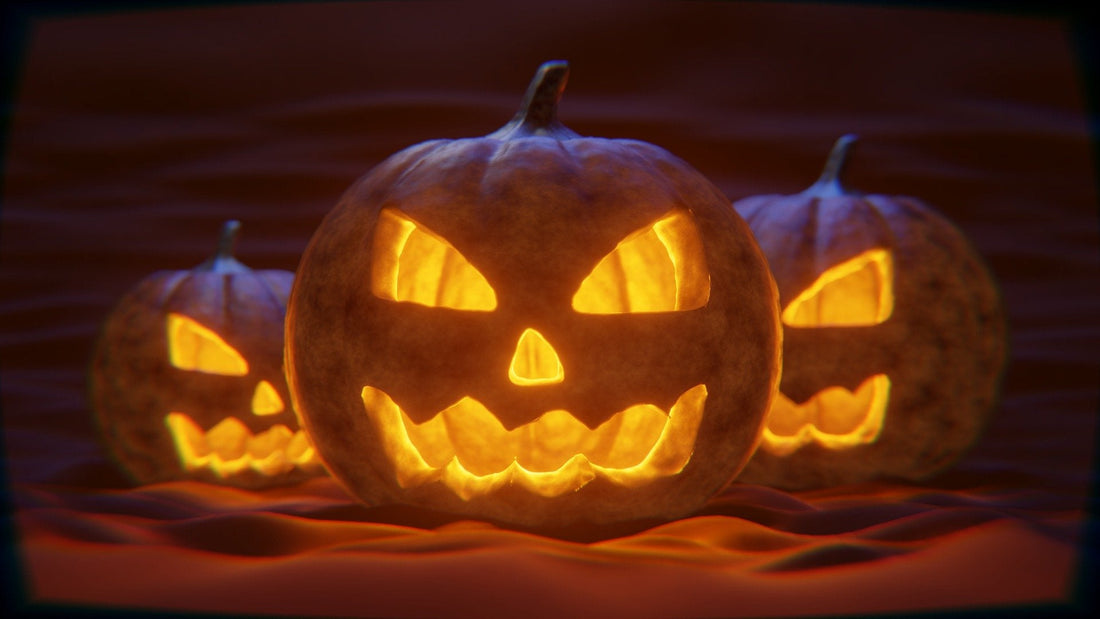
The Curious History of Giving Cards at Halloween
Share
A Forgotten Tradition in Halloween History
When most people think of Halloween, images of costumes, candy, and pumpkin carving come to mind. But in the late 19th and early 20th centuries, another tradition flourished: exchanging Halloween cards. Much like Valentine’s Day or Christmas, Halloween once inspired a booming greeting card industry.
These cards weren’t simply novelty items. They reflected cultural attitudes about the holiday, blending whimsy, superstition, and artistic flair.
The Rise of Halloween Cards
The tradition of sending cards for holidays began in the Victorian era, when advances in printing technology made color illustrations widely available. Publishers in the U.S. and Europe saw an opportunity in Halloween, which was gaining popularity as a festive, family-friendly event rather than a purely superstitious night.
By the 1890s, Halloween cards—often featuring black cats, witches, owls, and harvest imagery—were being mass-produced. The most famous examples came from German printers, whose detailed chromolithographs captured the eerie yet playful spirit of the holiday.
Popularity in the Early 20th Century
From roughly 1905 to 1935, Halloween cards reached their peak. People mailed them much like Christmas or Easter greetings, often to invite friends to parties or simply to send a seasonal wish.
Designs ranged from spooky to humorous:
-
Folklore themes: witches flying across the moon, jack-o’-lanterns glowing ominously, and fortune-telling scenes.
-
Whimsy and humor: plump pumpkins with smiling faces, playful black cats, and children in costumes.
-
Romantic undertones: some cards hinted at Halloween as a time for matchmaking and love spells.
For many, sending a Halloween card was a way to participate in the season before trick-or-treating became mainstream in the mid-20th century.
The Decline of the Tradition
By the 1940s, Halloween cards faded in popularity. Several factors contributed:
-
World War II disrupted international printing, especially from German manufacturers.
-
Rising traditions like trick-or-treating and costume parties became the primary focus of Halloween.
-
Changing communication habits made cards seem old-fashioned compared to phone calls and, later, modern technology.
Still, a few publishers continued to produce Halloween-themed cards, keeping the custom alive in smaller circles.
Collecting Halloween Cards Today
Today, vintage Halloween postcards and greeting cards are highly sought-after collectibles. Their vivid artwork and nostalgic charm make them valuable pieces of ephemera. Collectors often prize:
-
Early 1900s German chromolithographs
-
Rare witch-themed illustrations
-
Cards by artists such as Ellen Clapsaddle, whose whimsical style defined the era
Prices can range from a few dollars to hundreds, depending on rarity and condition.
A Tradition Worth Remembering
While most of us won’t be slipping a Halloween card into the mailbox this October, the tradition offers a fascinating glimpse into how holidays evolve. Halloween cards remind us that celebrations are not fixed in time—they shift with culture, technology, and imagination.
What remains unchanged is the desire to connect, to share in the spirit of the season, whether through postcards in the past or digital greetings today.
